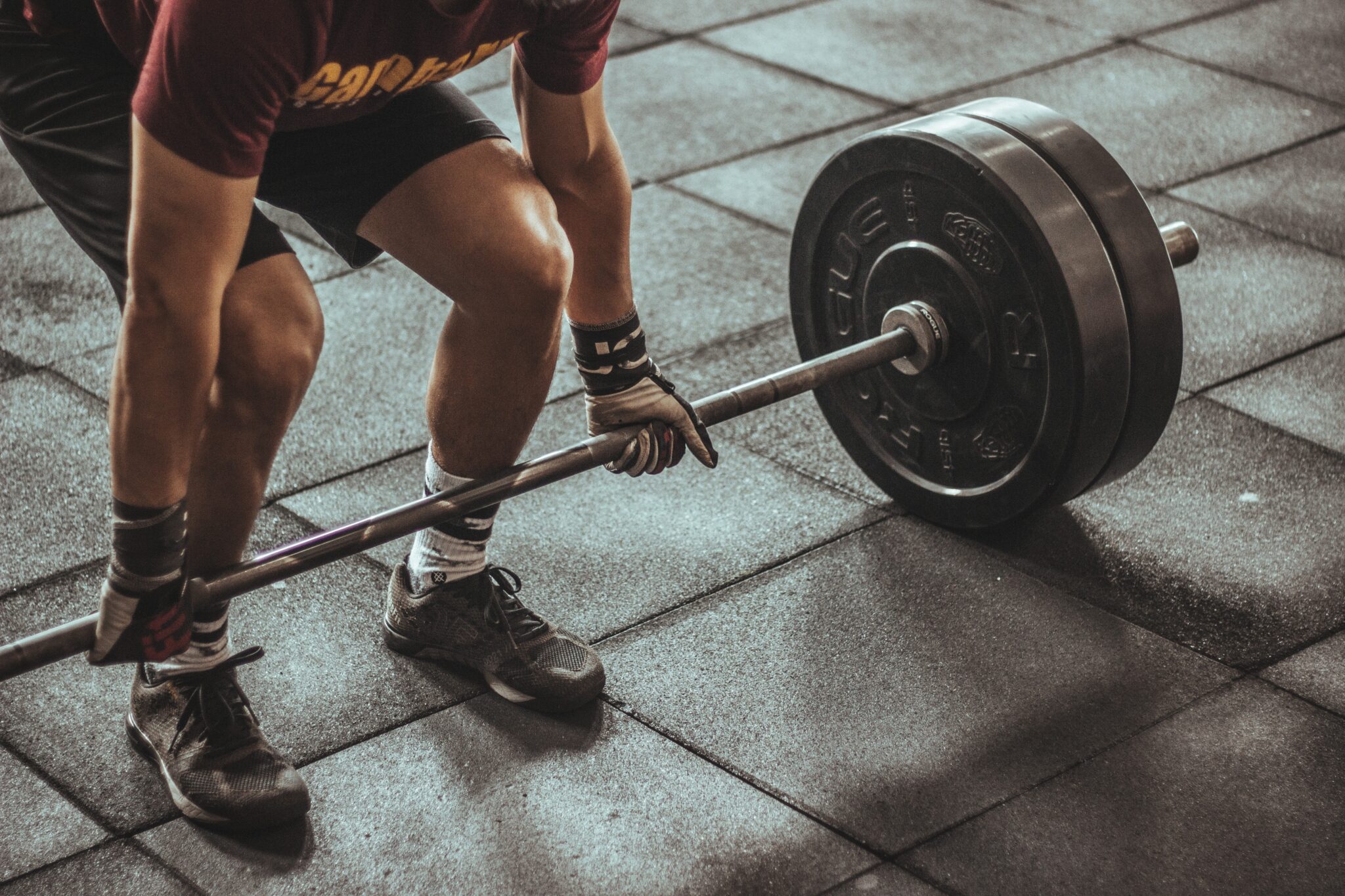The plank exercise is a popular isometric core exercise that involves maintaining a position similar to a push-up for an extended period. It primarily targets the muscles of the core, but it also engages various muscle groups throughout the body. Here’s a look at the science behind the plank exercise:
Muscles Engaged:
- Core Muscles:
- Rectus Abdominis: The “six-pack” muscle responsible for flexing the spine.
- Transverse Abdominis: A deep muscle that wraps around the abdomen, providing stability.
- Obliques: Both internal and external obliques are engaged, contributing to rotational stability.
- Back Muscles:
- Erector Spinae: Muscles along the spine that help maintain an upright position.
- Multifidus: Deep muscles along the spine that contribute to spinal stability.
- Shoulders and Upper Body:
- Deltoids: The muscles of the shoulders.
- Trapezius: Upper back muscles involved in shoulder stability.
- Chest Muscles: Engaged to a lesser extent.
- Leg Muscles:
- Quadriceps: Engaged to maintain a straight leg position.
- Hamstrings: Involved in hip extension.
Physiological Effects:
- Isometric Exercise:
- Planks are isometric exercises, meaning they involve maintaining a static position without joint movement. Isometric exercises help improve muscular endurance and stability.
- Core Stability:
- The primary focus of the plank is on core stability. It helps strengthen the muscles that support the spine and pelvis, contributing to better posture and reduced risk of lower back pain.
- Spinal Health:
- Planks engage the muscles around the spine, promoting spinal stability and reducing the risk of spinal compression or injury.
- Improved Posture:
- Strengthening the core muscles helps improve overall posture by supporting the spine and preventing slouching.
- Enhanced Balance:
- Planks require maintaining a stable position, which contributes to improved overall balance and coordination.
- Full-Body Activation:
- While the focus is on the core, planks engage multiple muscle groups throughout the body, making them a comprehensive exercise.
Tips for Proper Form:
- Neutral Spine:
- Maintain a neutral spine from head to heels. Avoid arching or rounding the back.
- Elbow and Shoulder Position:
- Place your elbows directly beneath your shoulders to reduce stress on the shoulder joints.
- Engage Core Muscles:
- Squeeze your abdominal muscles and draw your navel toward your spine to engage the core effectively.
- Straight Line:
- Keep your body in a straight line from head to heels. Avoid sagging hips or lifting the hips too high.
- Breathing:
- Breathe steadily throughout the exercise. Avoid holding your breath.
Variations:
- Forearm Plank:
- The standard plank position with weight on the forearms.
- Side Plank:
- Engages the obliques and lateral muscles. Can be performed on one arm or with additional leg lifts.
- High Plank:
- Similar to the standard plank but with arms fully extended.
- Plank Variations with Movement:
- Incorporate movements such as shoulder taps, leg lifts, or knee-to-elbow to add challenge and variety.
Incorporating planks into a well-rounded exercise routine can contribute to core strength, stability, and overall fitness. However, it’s crucial to use proper form, progress gradually, and listen to your body to avoid strain or injury. Consult with a fitness professional if you’re new to planks or have any pre-existing health concerns.



